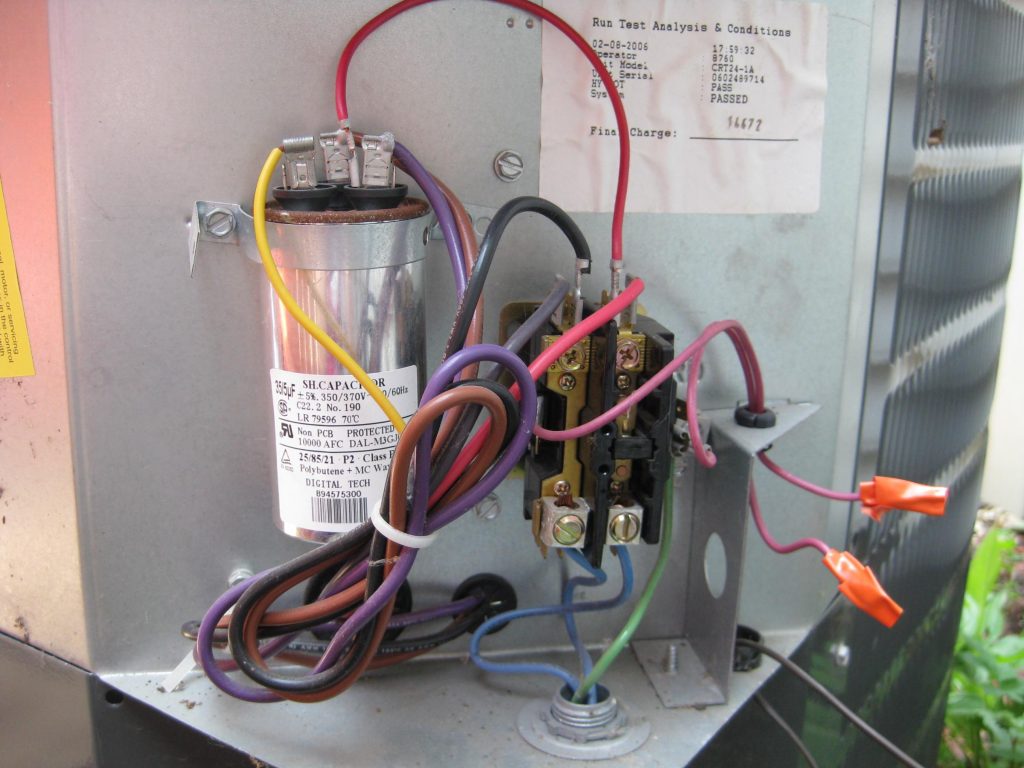Low-Voltage Diagnosis Basics w/ Bill Johnson (Podcast)

In this podcast, Bill Johnson shares his practical tips to make low-voltage electrical diagnosis easier in HVAC work. Bill is one of the original authors of the Refrigeration and Air Conditioning Technology manual.
A common issue that techs have in low-voltage diagnosis is that they overcomplicate the issue. Techs should take the time to trace out the system and see where all the wires lead. The techs can be more effective if they know a system's components and those parts' relationships. During diagnosis, some techs also don't allow themselves to use their hands. Bill recommends using an alligator clip on the system as you “walk your way” through the whole circuit for diagnosis.
“Short” is a commonly used term. A true “short” occurs when the current takes an undesigned path with almost no resistance. Some of the things that we casually call “shorts” are actually open-circuit issues where the current doesn't make it all the way through the circuit. Real “shorts” include shunts on the load and blown fuses. If a fuse blows but everything else in the low-voltage circuit seems to be operating fine, check the amperage at the transformer outlet.
Electronic boards give techs a lot of trouble because they seem complicated. But, in the end, these boards are just switches where a hot wire goes in and a hot wire goes out. (The common wire goes straight through the board.) The board is nothing more than a distributor of voltage, and the best way to work on them is to simplify them. You can simplify electrical boards by figuring out the inputs, outputs, and sequence of operation.
Bill also discusses:
- Grounding on one leg
- Connecting to ground
- “Probing” the hot side
- Measuring amperage on a thermostat
- “Spark-tricians”
- Commercial vs. residential low-voltage electronics
- Stripping wires
If you have an iPhone, subscribe to the podcast HERE, and if you have an Android phone, subscribe HERE.
Author:









Comments
To leave a comment, you need to log in.
Log In